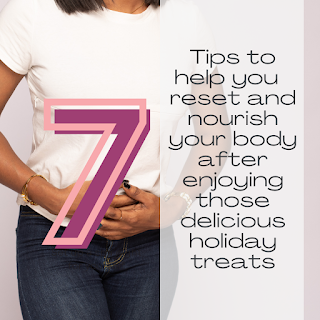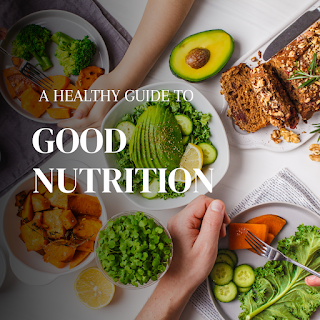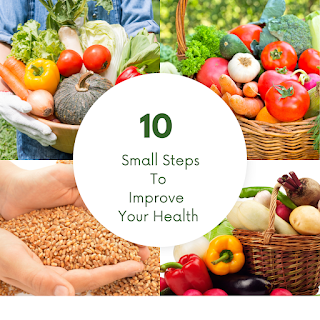After an amazing Thanksgiving Day celebration, it's time to refocus on our nutrition and get back on track! 🎉🌱
Here are some tips to help you reset and nourish your body after enjoying those delicious holiday treats:
Start by hydrating your body with plenty of water. Proper hydration supports digestion, helps flush out toxins, and replenishes your system. Aim to drink enough water throughout the day to keep yourself refreshed and revitalized.
Fill Up on Fresh Fruits and Veggies
Load up your plate with an abundance of colorful fruits and vegetables. These nutrient-rich powerhouses will provide you with essential vitamins, minerals, and antioxidants, while keeping your meals light and refreshing.
Prioritize Lean Proteins
Enjoy some of that leftover turkey with some spring greens. Protein is essential for muscle repair and satiety, helping you feel satisfied and preventing overeating.
Embrace Whole Grains
Opt for whole grains like quinoa, brown rice, or whole wheat bread instead of refined carbohydrates. Whole grains are packed with fiber, providing sustained energy and promoting better digestion.
Mindful Portion Control
Pay attention to portion sizes and listen to your body's hunger and fullness cues. Enjoy your meals slowly, savoring each bite, and stop eating when you feel comfortably satisfied.
Plan and Prep
Set yourself up for success by planning and prepping your meals ahead of time. Having nutritious options readily available makes it easier to make healthy choices and avoids relying on unhealthy convenience foods.
Get Moving
Engage in physical activity that you enjoy, whether it's a brisk walk, a workout session, or a dance class. Exercise boosts your metabolism, improves mood, and helps you feel energized.
Remember, it's all about balance and consistency. Don't be too hard on yourself for indulging during the festivities. By adopting these healthy habits, you'll get back on track and continue your journey towards optimal health.
For a nutritional reset any time of year, try a 3-day reset or a 21-day reset, guaranteed to nourish your body for optimal function.
Cheers to a refreshing post-holiday reset! Let's nourish our bodies, embrace wellness, and keep striving for our health goals. 💪🥗🌟


.png)
.png)
.png)



.png)

.png)
.png)











.png)
.png)
.png)